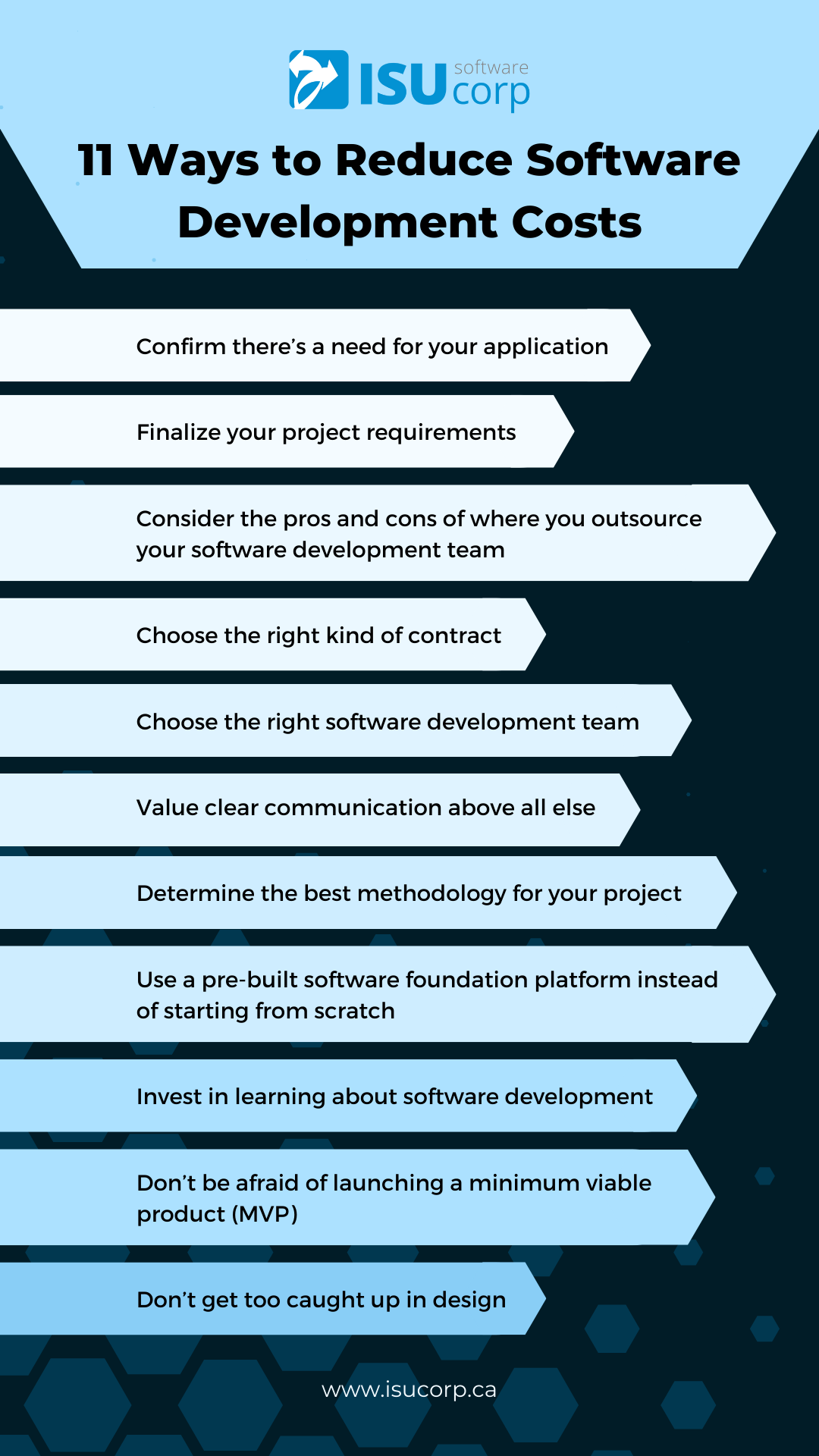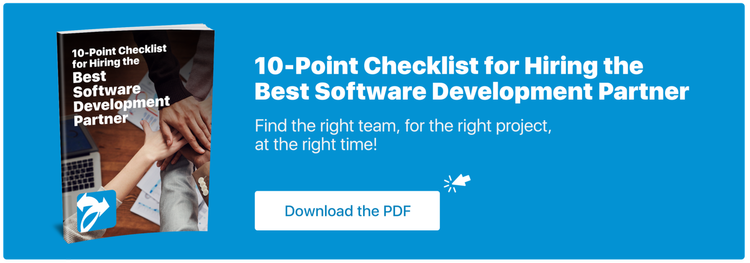Artificial Intelligence (AI) is seeing wicked adoption rates in 2023, so much so that the most successful companies in the world are finding unique ways to integrate it. Take Facebook for example, they’ve innovated and re-branded into Meta to show their intentions of branching beyond a social media platform. While services like Skype, once a mere video call platform, have now integrated chatbots that can be used just as you would Chat GPT.
On the back end, software engineers are using AI tools to enhance the coding process, but this raises the question; who’s building the platforms that do the building? Now, AI tools are in no way suggesting that software engineers will be out of jobs anytime soon; rather, it’s a step in the direction of enhanced results from developers since programming can now be done more efficiently.
Who’s Interested in Using AI Extensions?
Integrating AI into your platform can be done on any size scale using tools like Chatbots, Machine Learning, process automation, etc. What’s important to know is that for a platform to measure the effectiveness of artificial intelligence solutions, the main place to pay attention to is customer satisfaction. Recent research is suggesting that AI improves customer retention by nearly 70% and that those who are most interested are aged between 18-24.
How to Make It Work for You
The future of AI technology is unfathomable right now because it’s still too new with so much left to discover.
While the future of AI technology is still unfathomable due to its novelty, programming is the backbone of anything digital, making mastering AI a top priority for software engineers. With that being said, here are the 6 best programming languages that help software engineers create seamless AI platforms:
1) Python
There is no debate when it comes to AI development that Python is a necessity. It’s an interpreted language which means that programming can be executed on the fly without needing to be compiled.
The important role that machine learning plays in AI performance should be noted. Machine learning trains the system to act a certain way and is a key subset of AI. During AI integration, this makes development happen fast and machine learning algorithms can be tested quickly.
2) Java
Java is a language that can be used in just about any platform to handle the server side (behind the scenes) of the operation. Software developers will resort to using Java when building AI solutions, specifically when they’re trying to build a multi-faceted application or incorporate machine learning algorithms.
Outside of AI, there is a strong case for Java being a more efficient option for certain tasks than Python since it’s compiled. However, software development is contextual. For instance, if a FinTech was implementing software for data analysis, Python would be the better option.
3) Julia
This language is fairly new in the programming world with a small community of software developers utilizing it already. Though it’s not as widely used as other languages, it has earned its position among the best options for AI programming languages.
The main draw to Julia for software developers is its performance and speed which is said to be greater than Python due to its compiled nature. Oftentimes, Julia is used for data analysis which is why it’s commonly compared to Python.
4) R
R is a language with one primary role in AI development; number crunching. Data is significant and difficult to handle during software development, which means that to arrange it efficiently, you’ll need some math skills. This means that R will come in handy during machine learning development.
With that being said, here are some of the best R packages for Machine Learning development:
CARAT: Useful for training integration and predicting models.
Gmodels: Provides tools for fitting models.
Nnet: Perfect for AI as its purpose is to replicate how the human mind functions.
Tidyr: As the name implies, this package is used to tidy up data. Specifically by observing rows, inserting variables in columns, and value in cells.
5) Lisp
Any seasoned software developer with experience in AI will tell you this is one of the oldest languages still used in software development. The name is an abbreviation for “list processing” which makes the language a great option when working with complex data structures.
A few features under the hood of Lisp include:
Program modification (into data)
Creating dynamic objects
Collecting garbage
Running programs based on data structures
The program remains highly sought after because it’s highly flexible and easily able to express the programmers’ intent.
6) C++
This language is known, like many of the other languages we’ve listed, for its speed and interoperability with machine learning and neural networks. As anyone would guess, developing an AI application is highly complex and data-intensive which makes having languages that are quick, reliable, and efficient a necessity for software engineers.
When it comes to AI, C++ is going to be able to handle a lot of low-level programming which translates directly to a programmer's ability to manage the production of AI models.
Choosing a Programming Language
Tech stacks are chosen based on several factors that every project entails. First, what resources are available? What kind of budget is the team working with? What is the timeline, talent expertise, hardware and infrastructure involved, etc? Considering the languages we’ve looked into in this article, some strong tech stack choices would include:
PyTorch: Supports Python, C++, and CUDA.
OpenCV: Supports C++, Python, MATLAB and Java.
TensorFlow: Supports Python, C++, and Javascript
Keras: Supports Python
This gives a sense of how software developers would structure the infrastructure for an AI platform and also demonstrates that languages complement each other to build something great.
The Takeaway
Software development services are highly adaptable which is what makes them so sought after by businesses of all sizes. If you’re trying to find the best programming solutions for your business, you’ll need to evaluate the long-term goals driving that desire.
AI is just another step in the direction of inevitable change that industries are undergoing as a response to the advancement in consumer interests and the technological resources available to accommodate them. If you think your business deserves these enhancements to respond to the changes in your industry, don’t hesitate— get started.
Written By Ben Brown
—
ISU Corp is an award-winning software development company, with over 17 years of experience in multiple industries, providing cost-effective custom software development, technology management, and IT outsourcing.
Our unique owners’ mindset reduces development costs and fast-tracks timelines. We help craft the specifications of your project based on your company's needs, to produce the best ROI. Find out why startups, all the way to Fortune 500 companies like General Electric, Heinz, and many others have trusted us with their projects. Contact us here.













